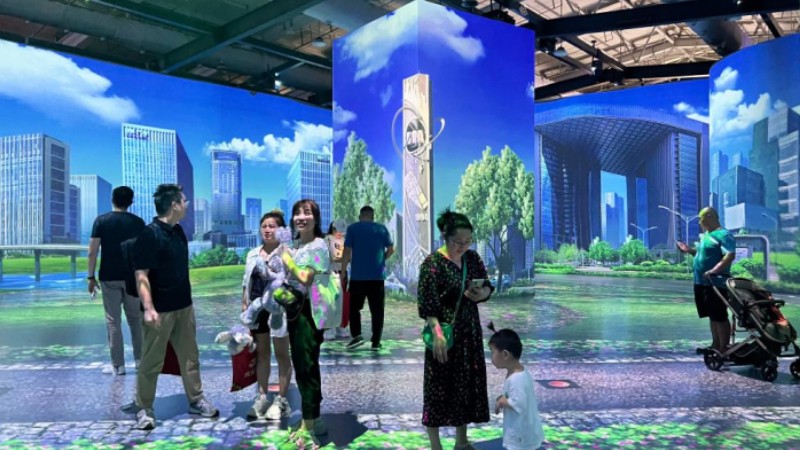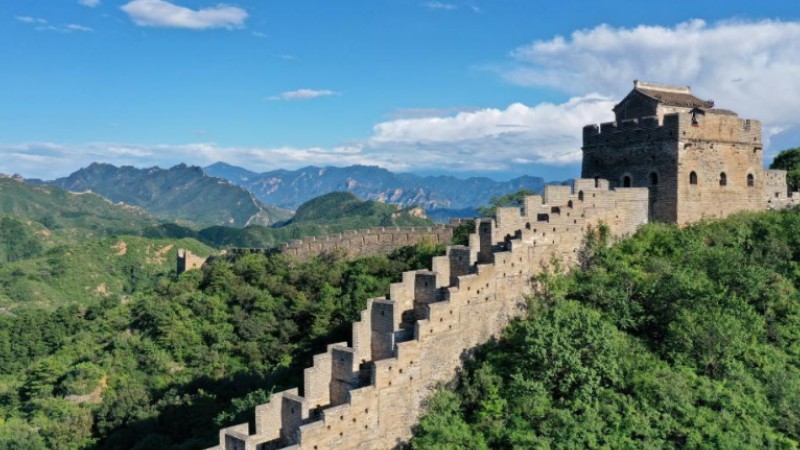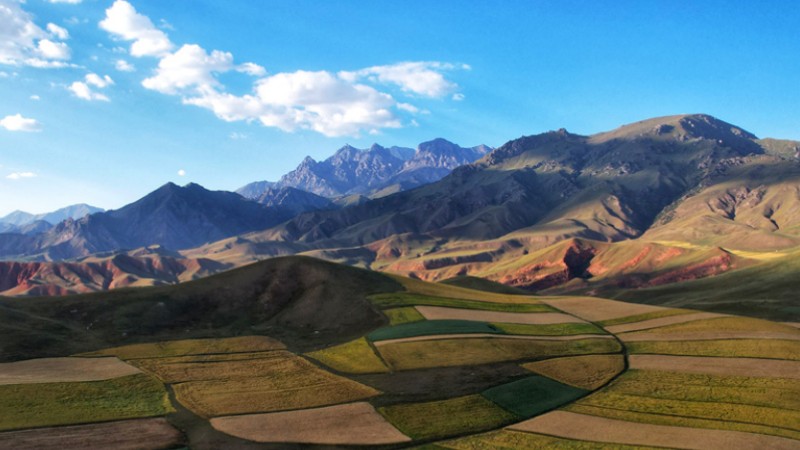Tim Flach: Reflecting on how people can live in harmony with nature
Yunnan snub-nosed monkeys, pandas, red crown cranes, lemur leaf frogs… World-renowned animal photographer Tim Flach has taken pictures of them all, connecting viewers with animals on an emotional level and reflecting on how humans can live in harmony with them.
Over the years, Flach has made great contributions to the field of biodiversity conservation while bringing environmental issues into the public consciousness. Flach has travelled to China numerous times, photographing animals such as pandas, golden snub-nosed monkeys, and the Tibetan mastiff, telling stories of biodiversity conservation in China through his camera.
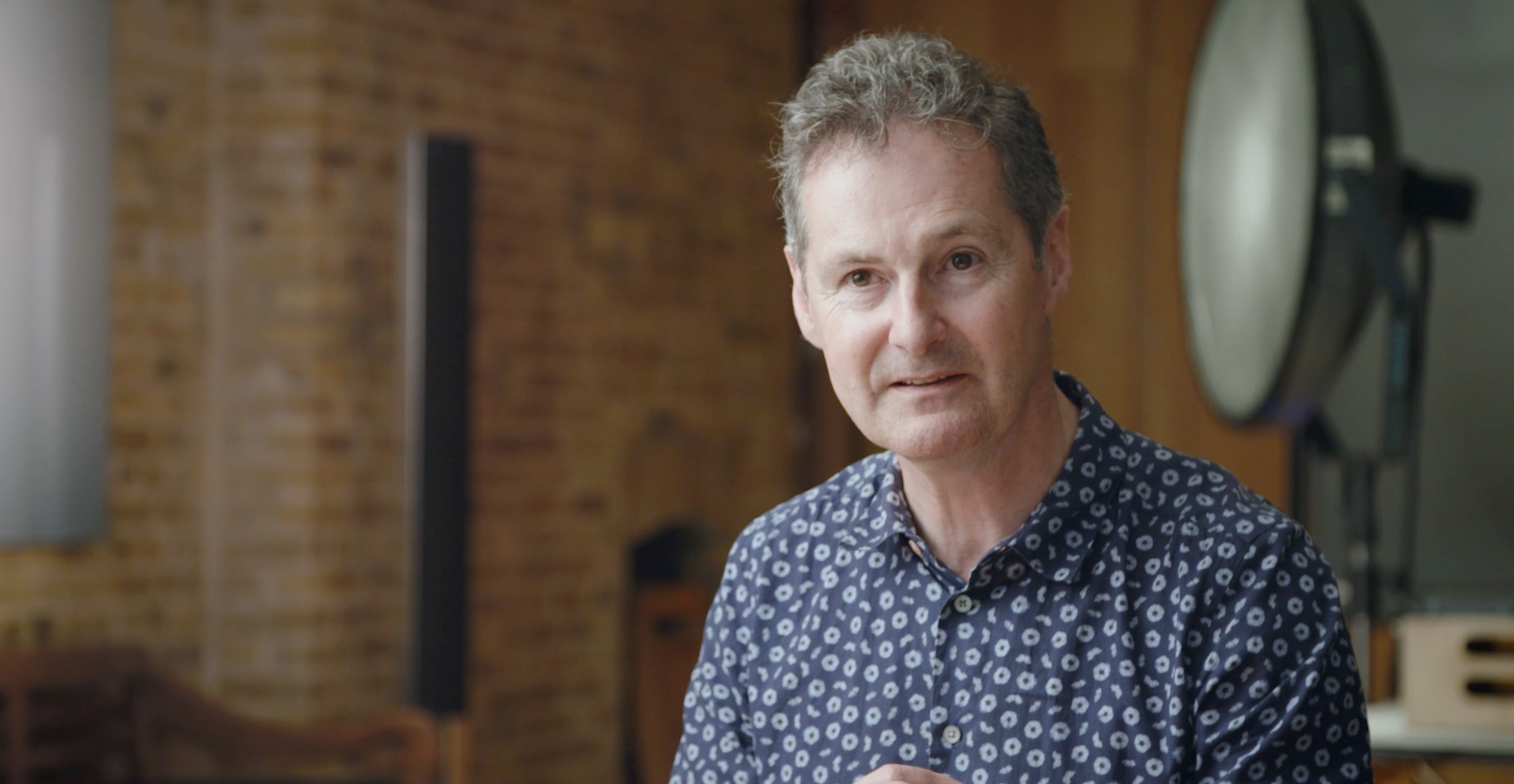
Tim Flach (Photo/Patrick Shead-Simmonds)
Flach hopes to touch people’s hearts and minds through his photographs of endangered animals, inspiring people to take action and make a difference in terms of conservation. For Flach, our future lies in developing a trans-disciplinary, intergenerational approach to building our planet’s system.
“Endangered” is my proudest work
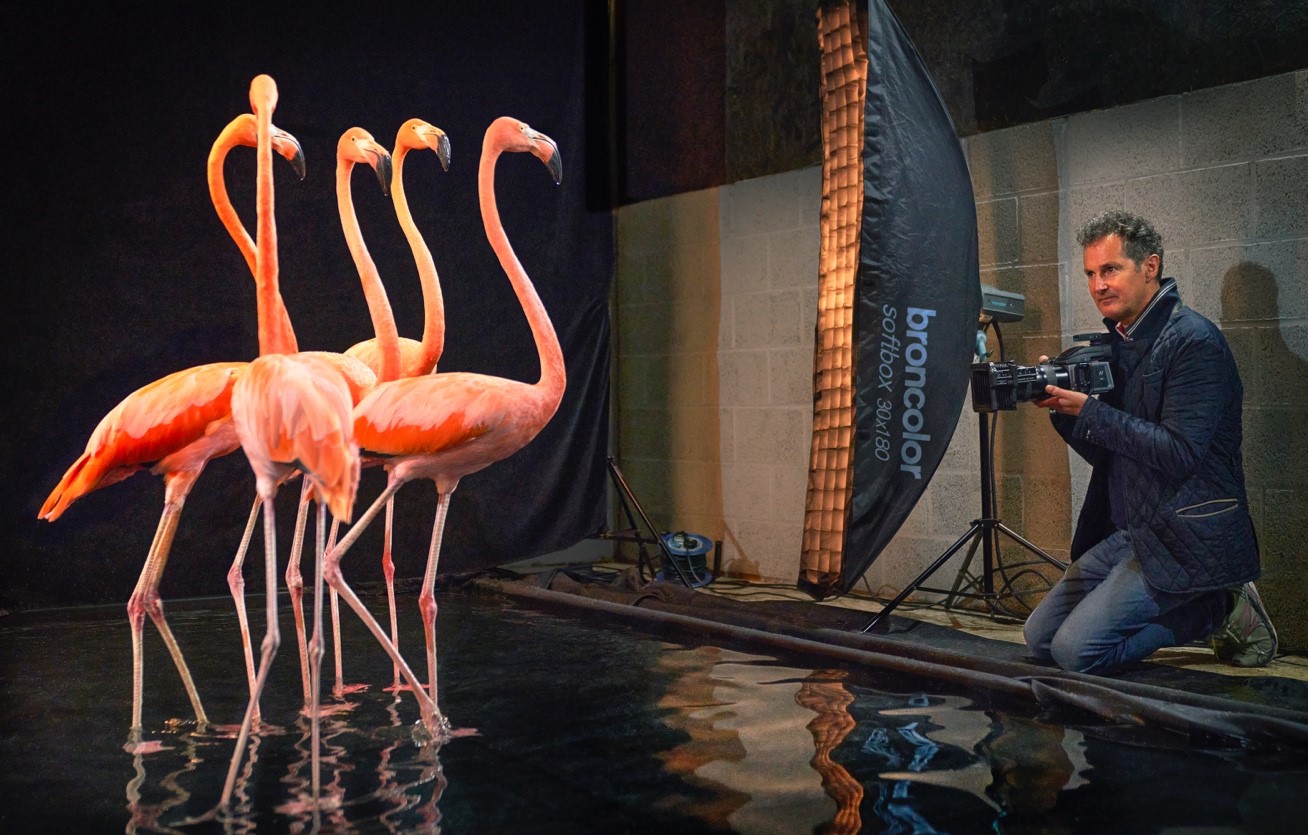
Photo shows Tim Flach photographing
People’s Daily Online: What led you to advocating for the conservation of animals and the natural world through your lens?
Tim Flach: When I started this journey, I had never even heard the word ‘Anthropocene’, which is the idea that we are entering a geological age shaped by humans. I did not think so clearly about animal conservation as well; while I was doing projects like “More than Human”, I met scientists, who were working on biodiversity conservation, and understood the importance of animal conservation further.
People’s Daily Online: Human activities have left permanent marks that are like scars on the earth. In your opinion, what initiatives should we take in this new epoch of the Anthropocene?
Tim Flach: For most of human history, we have looked at nature as robust, almost us as fragile. We sit at a time when we humans have impacted, changed, and shaped the planet to such a degree that our very future comes into question. For the first time, we are the ones who can either destroy or save the planet. So, we have to rethink the frameworks that we have worked with and plan for a future of harmony with the natural world through a long-term, inter-generational approach.
People’s Daily Online: Your work ‘Endangered’ reminds us of the precarious state of our planet’s wildlife. Could you tell us about the message behind the work?
Tim Flach: I have published five bodies of work; ‘Endangered’ is one that I am most proud of. For this project, I photographed certain animals that are found on the edge of extinction, such as the golden snub-nosed monkeys, western lowland gorillas, and northern white rhinoceros. For me, what is special is to produce an image that really connects and engages with us. I also shared stories about the ecological habitat of these animals and how they ended up in an endangered position. One of my passions is to tell and share stories that make us understand how humanity is affecting the planet and animals through various platforms.
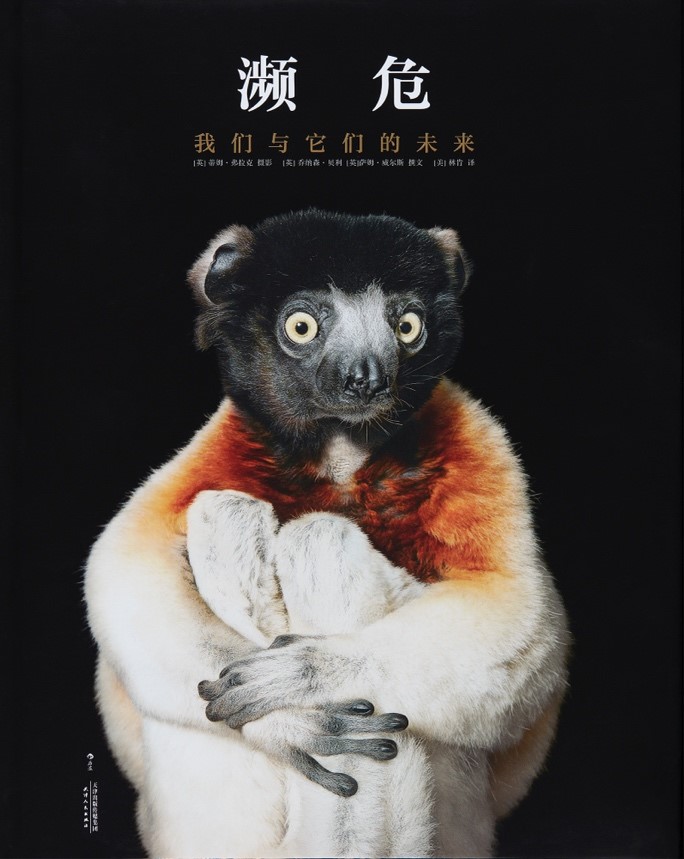
Book Cover of Endangered (Chinese Edition)
Photographing endangered animals in China
People’s Daily Online: How was your experience of photographing Yunnan snub-nosed monkeys?
Tim Flach: For me, to go to and photograph the Yunan snub-nosed monkeys was definitely an adventure. It meant first of all, going to Dali and meeting up with a very famous filmmaker, who had spent years working on documentaries of endangered Yunan snub-nosed monkeys. We ventured up into the high mountains; the snub-nosed monkeys live at the highest altitude and that is why they have these flat noses for surviving in extremely cold temperatures.
I remember going for days up the mountains with my assistant. Finally, we spotted the snub-nosed monkeys after weeks; they just looked like they had cosmetic surgery with distinctive features like big red lips. One day, I just happened to go down a route and I was not even thinking about the snub-nosed monkey. Suddenly, I saw right down there my feet was one; it was looking straight back at me. I just was able to turn around and go click and get that close head portrait.
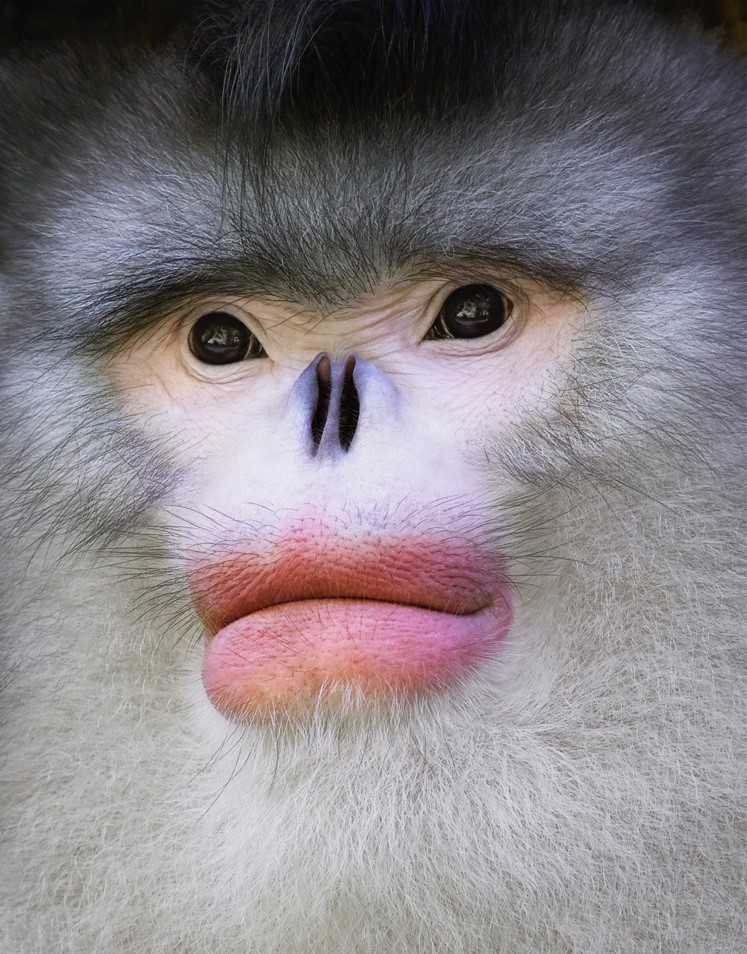
Yunnan Snub-nosed Monkey (Photo/Tim Flach)
People’s Daily Online: Pandas feature in several different projects of yours. Could you tell us a little about the experience of photographing pandas in Chengdu and Wolong?
Tim Flach: I have been to Chengdu on a number of occasions, once to visit the Chengdu Research Base of Giant Panda Breeding there. We had this fantastic panda, who we tried to persuade out of a den with a bit of bamboo outside so we could dress the den with some beautiful black dress velvet that we had brought all the way from the UK. We put the dress velvet on the back of the den, and when she came back in, the first thing she did was to pull off and rip the dress velvet in front of us. I thought, “Oh no, this was not going to work.” But in the end, we got the shot, and the panda looked like she was doing karaoke.
I visited the Wolong Panda Center to document the incredible reintroduction program for panda cubs. During the initial stage, the scientists carefully monitor the cubs, conducting regular health checks and weigh-ins. To make sure the young cub does not recognise humans, scientists dress up in special “panda suits” that also have added scent to mask the odour of humans. After that is the second stage, where there is a large reserve area, and scientists try to minimise contact between the panda cub and the mothers, so they just let the cub run wild.
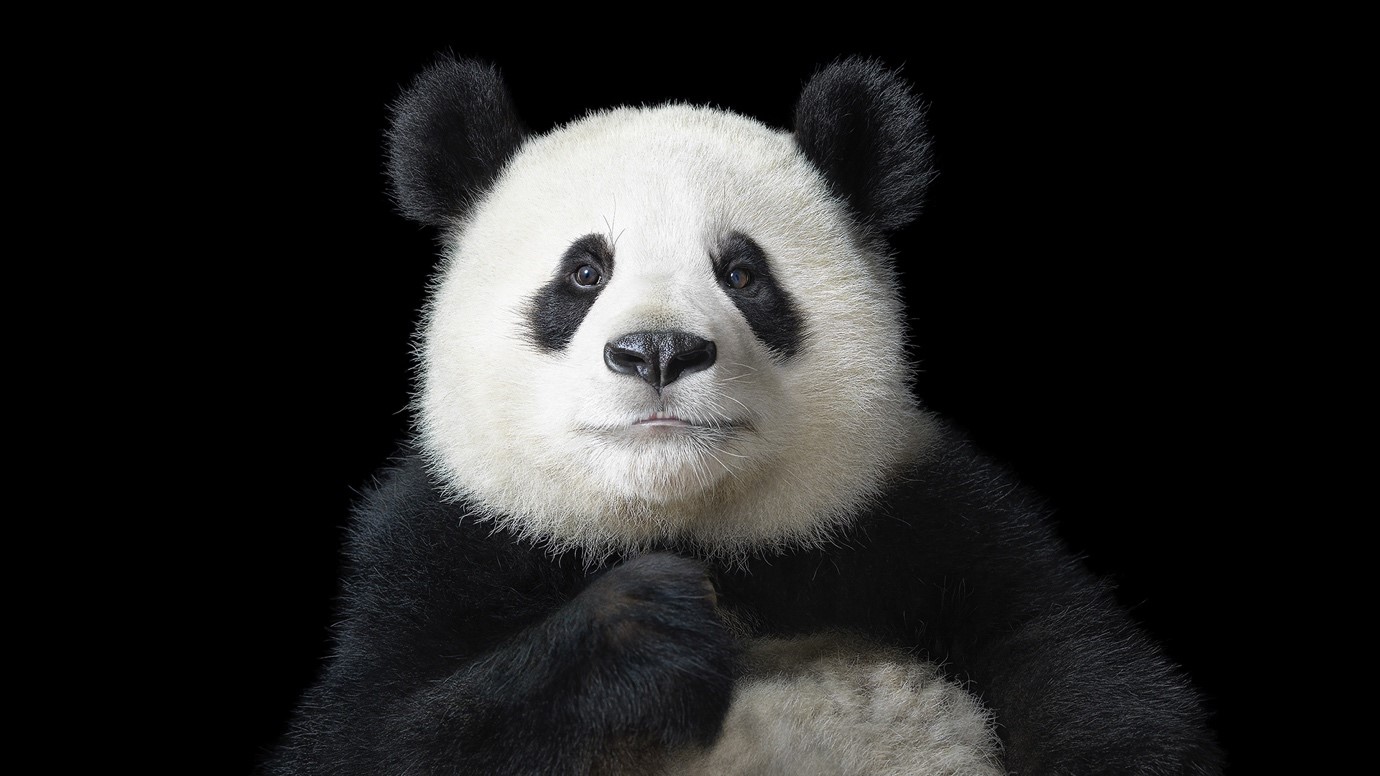
Giant Panda (Photo/Tim Flach)
People’s Daily Online: Pandas are well-known symbols of China and endangered species conservation. What impact do they have as symbols?
Tim Flach: Today we have Kong Fu Panda and pandas have become a very powerful ambassador for conservation, being the World Wildlife Fund’s symbol for all endangered species. I think it is interesting that pandas are such powerful symbols, although they only came to prominence in the early 20th century. As an icon, the panda is important because it acts as an ambassador, as well as becoming an umbrella species. If we protect and regenerate bamboo forests into natural habitats, this also creates habitats for many other species.
However, we must not forget that there are many animals that are less well known than pandas that bear important symbolic meanings, particularly the golden snub-nosed monkeys and the red crown cranes. The red crown cranes, found in all Asian art, represent long life and fidelity.
Building a shared future
People’s Daily Online: Many of your works have been exhibited in major cities in China. How were these exhibitions received?
Tim Flach: I have had a number of different exhibitions in museums ranging from Dali to Beijing. The curatorship of these exhibitions was essentially focused on not just having pretty pictures of animals but also having their individual stories alongside the pictures. In 2021, my exhibition, “The Disappearing World”, at the Yunan Provincial Museum in Kunming received around 300, 000 visitors and it was related to a biodiversity conference hosted in the local area. What I found particularly rewarding was that the museum invited many schools in the local area, offering the next generation an opportunity to understand the challenges that humanity faces now. Schools told the children, not to bring their electronic devices, bring notepads and write down stories about the animals. So, the young people had a chance to think about these characters. My animal portraits often emphasise the personality and character of animals, bridging the world between nature and us.
People’s Daily Online: China is committed to collaborating in areas of biodiversity conservation and promoting the vision of living in harmony with nature. What are your views of this vision?
Tim Flach: I absolutely share the Chinese government’s vision, which was raised at COP15, that we must seek to find a balance with nature. Our future really depends on living in harmony with nature. I believe to realise this vision we need to understand issues surrounding biodiversity and make the issues connect to everyone in such a way that we truly care about bringing back animals from extinction. We must strive to create a planet system that can sustain us all. My exhibition in Dali, which had just finished was linked to the Chinese government’s initiative and it is also a crucial component of the promotional activities for the 2023 Erhai Forum on Global Ecological Civilisation Construction.
I am looking forward to the opportunity to go to Lianzhou Photography Festival later this year and to meet fellow photographers, who are passionate about the challenges of how we create this harmony with nature.
People’s Daily Online: In recent years, you have been working closely with social scientists, working on biodiversity conservation. What is the significance of your collaboration with them?
Tim Flach: Conservation photography is about being issue-orientated and communicating ideas. My pictures are about making animals relatable, giving them personality and character, and sometimes making them anthropomorphic; so, they look quite human, but are they human? No, they are just presenting themselves like they are sitting in a portrait, being a supermodel on the day.
In that sense, the research I have done with social scientists is very important. I am doing work with the National Science Foundation in America, as well as collaborating with academics at the University of Oxford. We are talking about the importance of connecting people to nature, creating stories that make animals relatable and make them be seen as sentient beings. We want to do something that leads to pro-environment outcomes and makes an impact for the better.
I believe that we must take the very best of science and translate it into the cultural space so that not only politicians, philanthropists, and many different people are involved in environmental issues. An academic paper is not enough to touch the hearts and minds of people; we need a trans-disciplinary, intergenerational approach to promote the conservation of animals and the natural world.
Photos
Related Stories
Copyright © 2023 People's Daily Online. All Rights Reserved.







